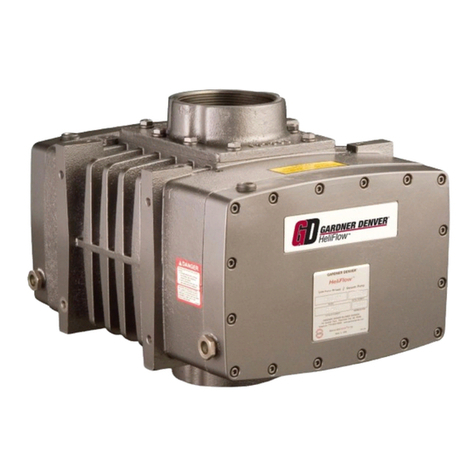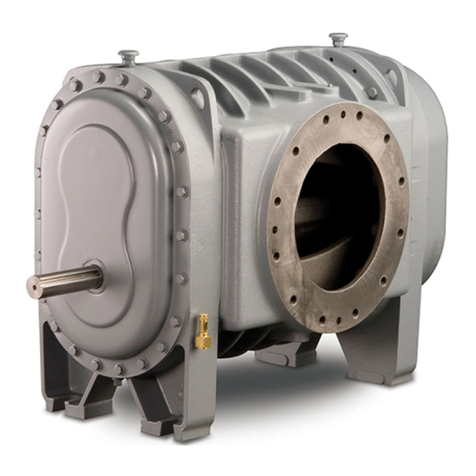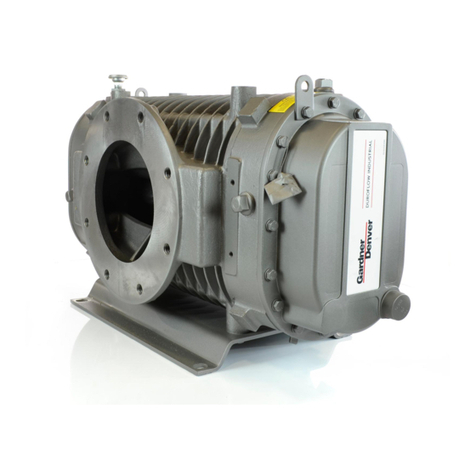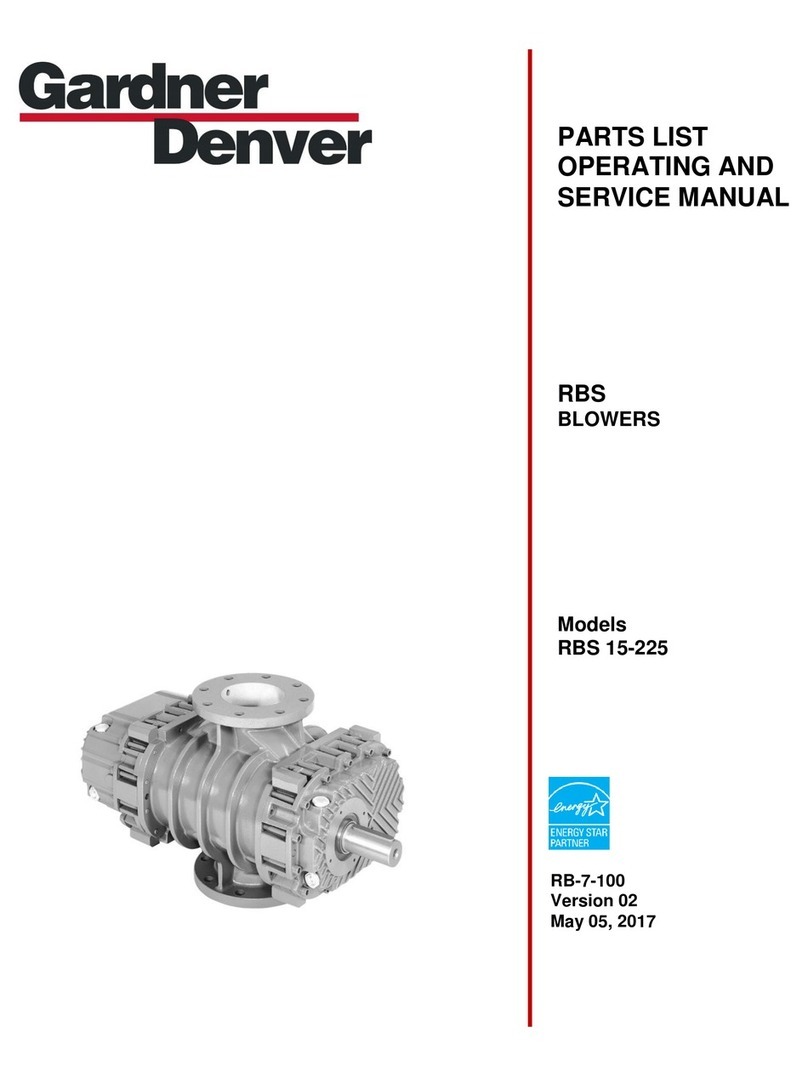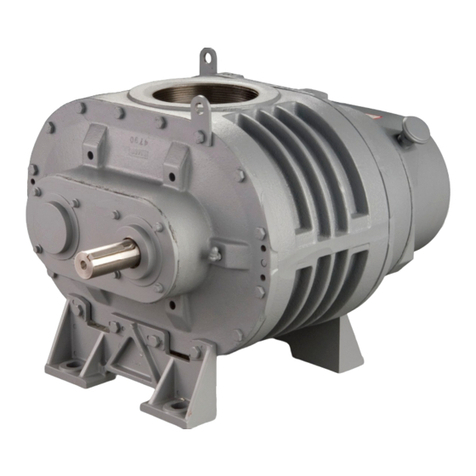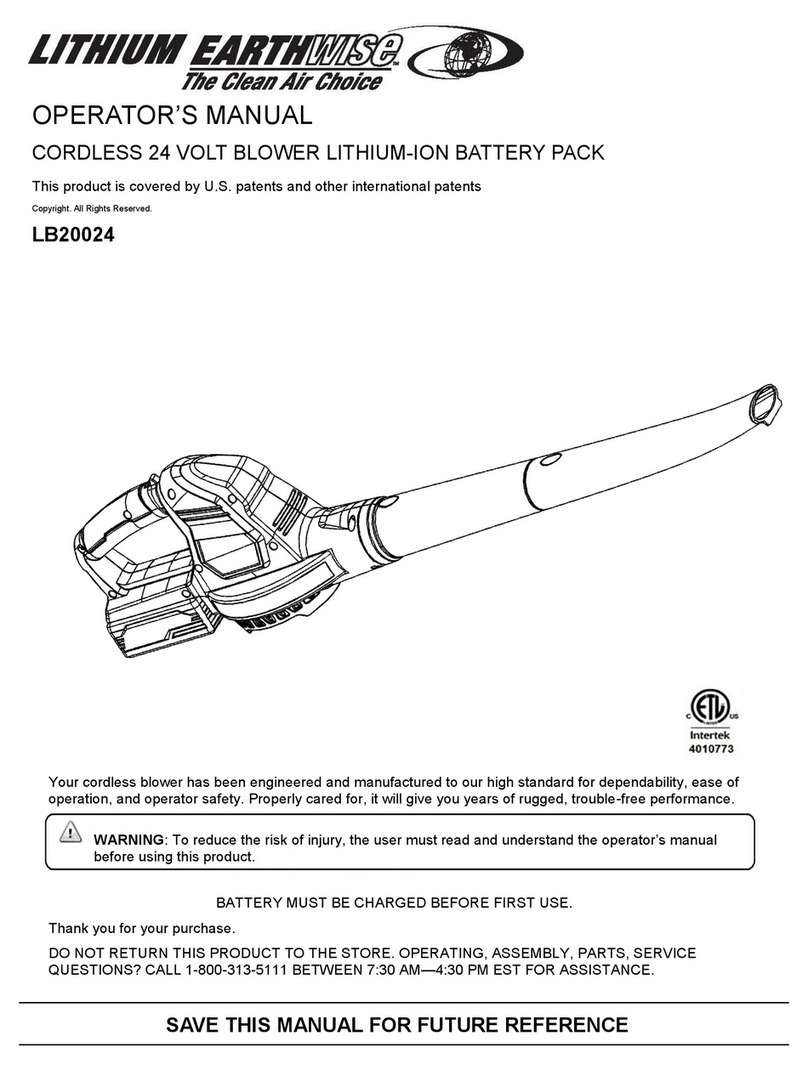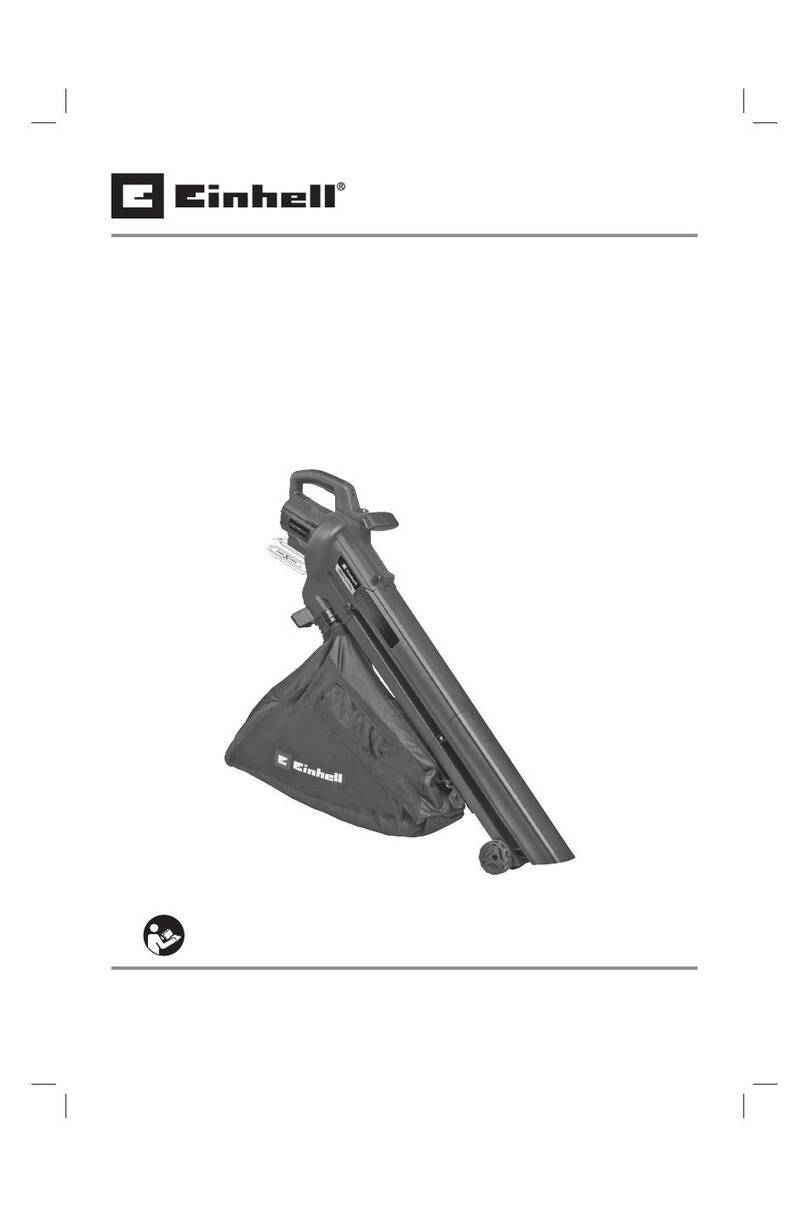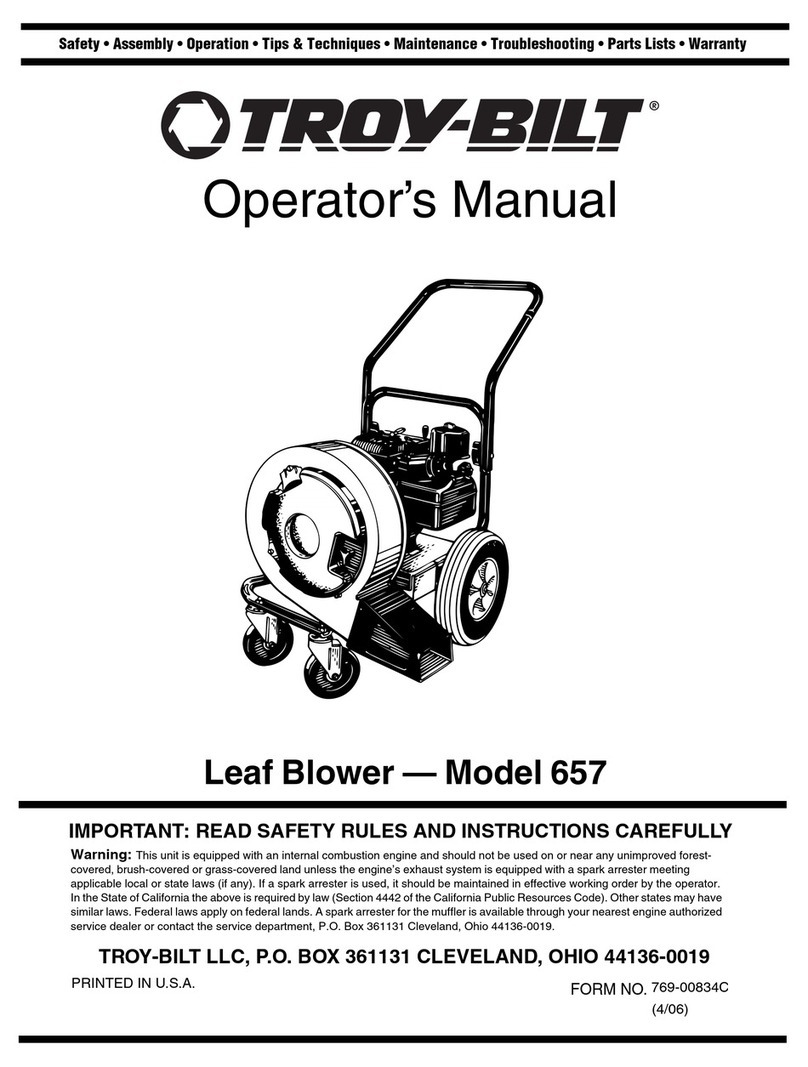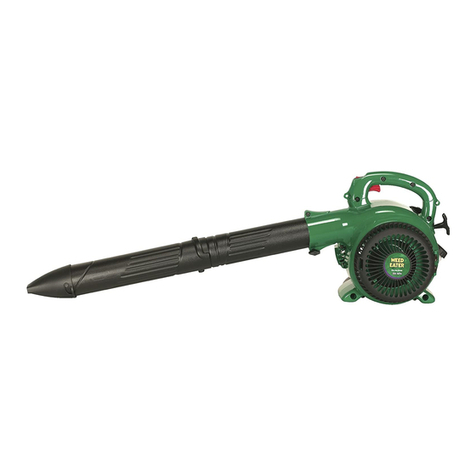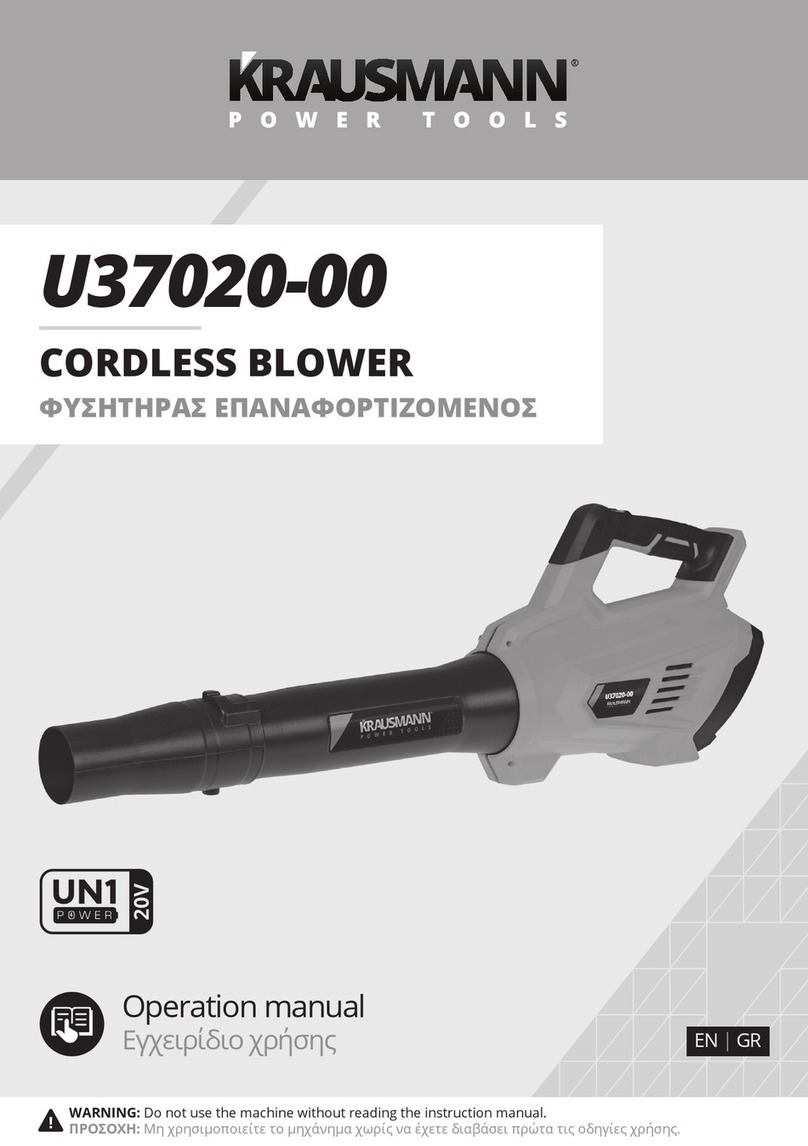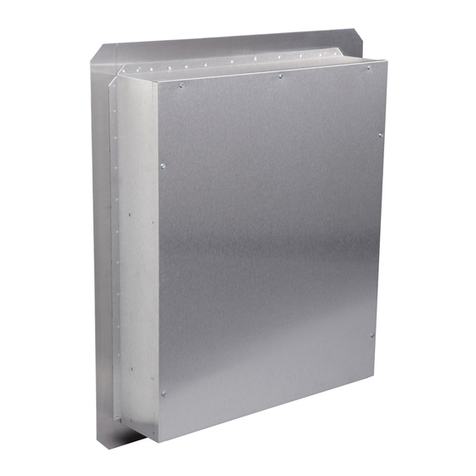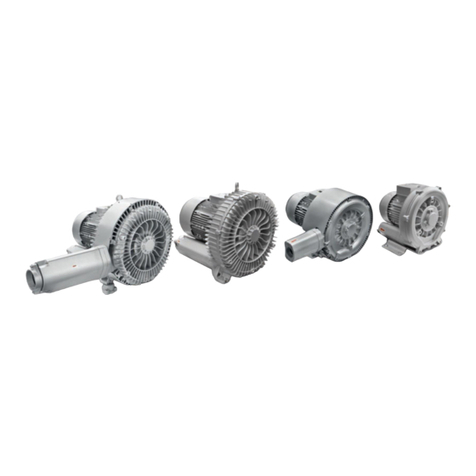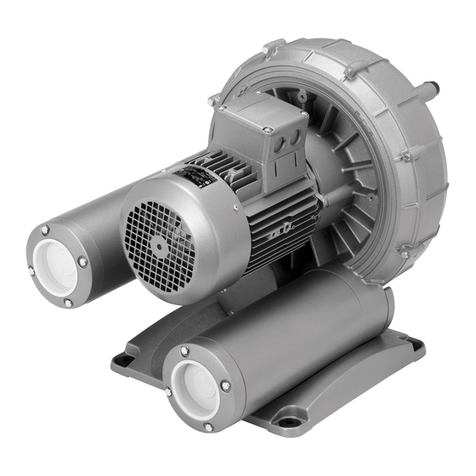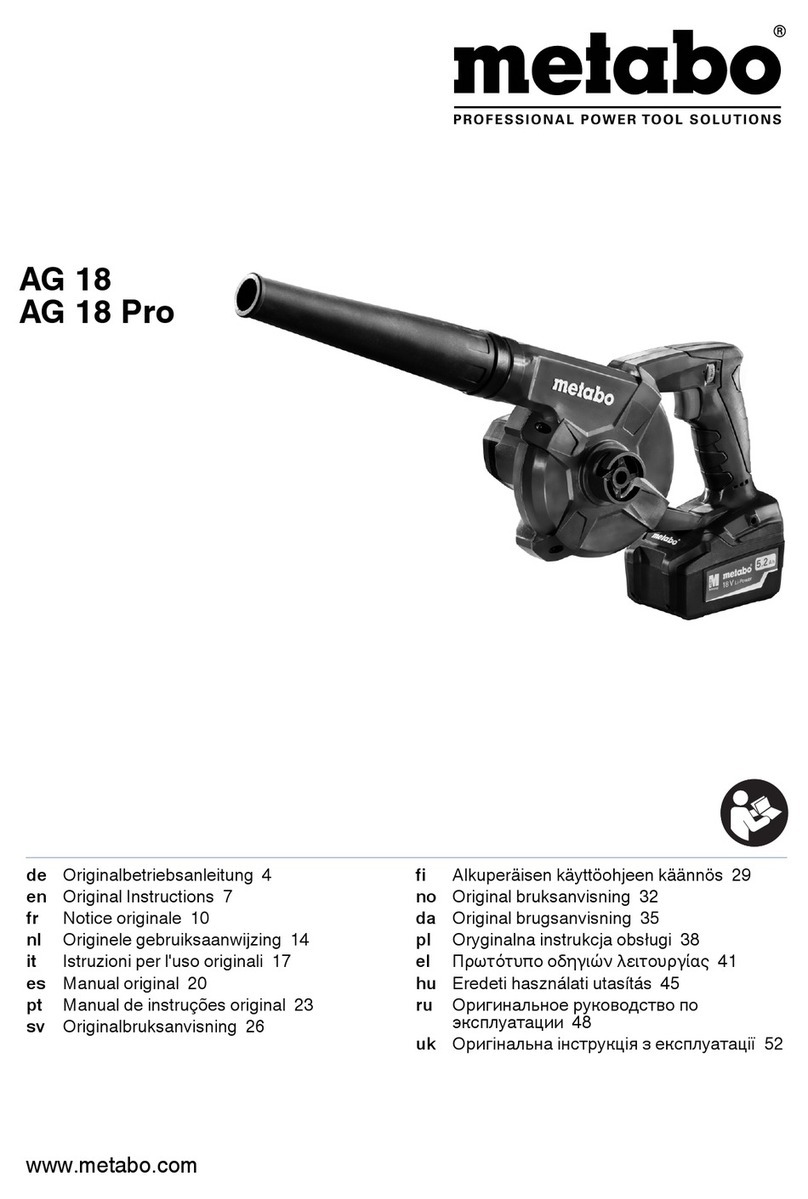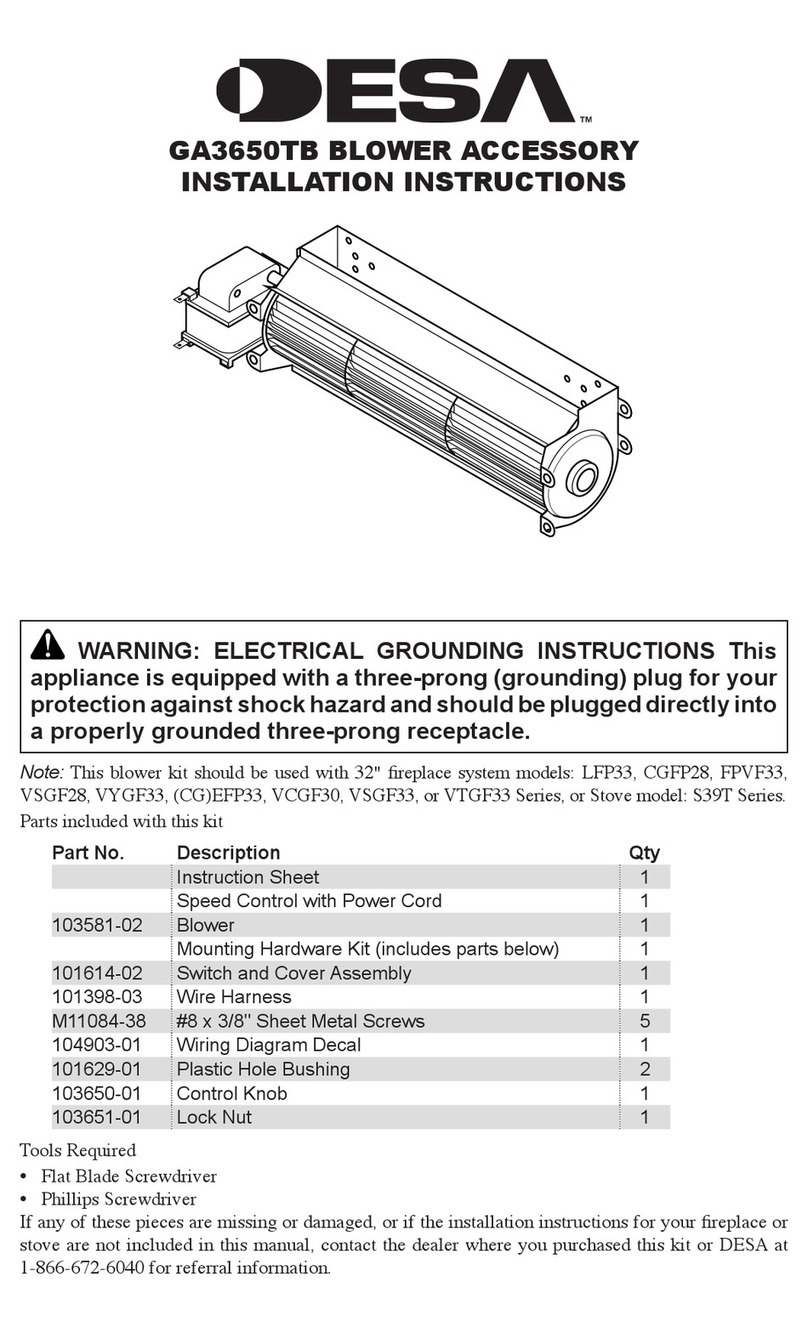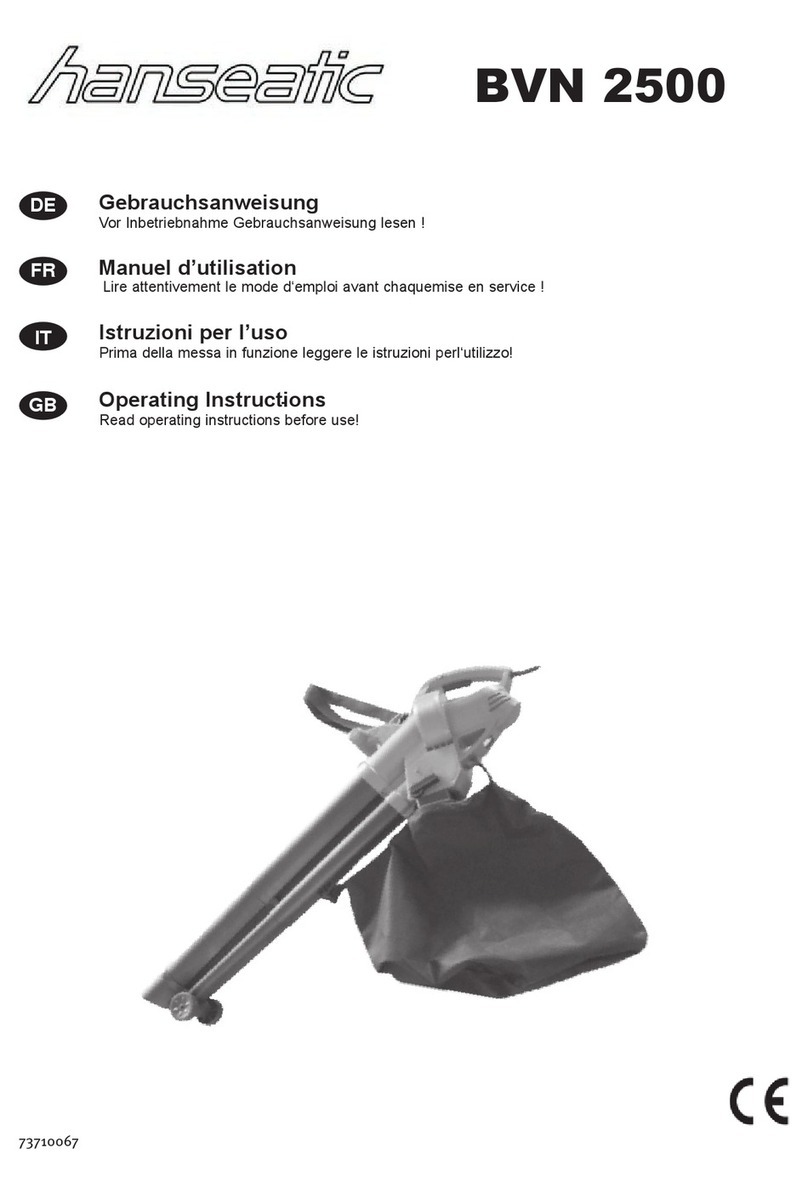
ENGLISH
INDEX
1
OPERATING PROBLEMS..........................................................................................
2
REMOVAL OF THE BLOWER FROM THE PLANT.....................................................
2.1
Stopping the blower.............................................................................................
2.2
Disassembling the connections...........................................................................
2.2.1
Disassembling the piping.................................................................................
2.2.2
Disassembling the silencers............................................................................
2.3
Removal of the blower from the unit ...................................................................
2.3.1
Direct coupling.................................................................................................
2.3.2
V-belt drive coupling........................................................................................
2.4
Disassembling of the driving devices..................................................................
2.4.1
Direct coupling.................................................................................................
2.4.2
V-belt drive coupling........................................................................................
3
DISASSEMBLING OF THE BLOWER .......................................................................
3.1
Preparation..........................................................................................................
3.2
Disassembling of the drive side ..........................................................................
3.2.1
Sizes from 15 to 106........................................................................................
3.2.2
Sizes from 115 to 225......................................................................................
3.3
Disassembling of the gears side.........................................................................
3.3.1
Disassembling the gear side, sizes from 15 to 25...........................................
3.3.2
Disassembling the gear side, sizes from 35 to 225.........................................
3.3.3
Extraction of the cover 5B, sizes from 15 to 25...............................................
3.3.4
Extraction of the cover 5B, sizes from 35 to 225.............................................
3.4
Final disassembling.............................................................................................
3.4.1
Cover 5A..........................................................................................................
3.4.2
Cover 5B..........................................................................................................
4
REPAIR OF THE PARTS............................................................................................
4.1
Rotors..................................................................................................................
4.2
Casing..................................................................................................................
4.3
Covers .................................................................................................................
4.4
Gear.....................................................................................................................
4.5
Bearings ..............................................................................................................
4.6
Labyrinth seals.....................................................................................................
4.7
Drive shaft seal....................................................................................................
5
ASSEMBLING OF THE BLOWER .............................................................................
5.1
Preparation..........................................................................................................
5.2
Assembling of the drive side...............................................................................
5.2.1
Sizes from 15 to 25..........................................................................................
5.2.2
Sizes from 35 to 106........................................................................................
5.2.3
Sizes from 115 to 155......................................................................................
5.2.4
Sizes from 165 to 225......................................................................................
5.3
Assembling of the gear side................................................................................
5.3.1
Sizes from 15 to 25..........................................................................................
5.3.2
Sizes from 35 to 126........................................................................................
5.3.3
Sizes from 135 to 225......................................................................................
5.4
Assembling of the labyrinth seals........................................................................
5.5
Assembling of the bearings.................................................................................
5.5.1
Bearing pos. 31 ...............................................................................................
5.5.2
Bearing pos. 32 ...............................................................................................
5.5.3
Bearing pos. 33 ...............................................................................................
5.6
Assembling of the timing gear.............................................................................
5.6.1
Preparation......................................................................................................
5.6.2
Sizes from 15 to 25..........................................................................................
5.6.3
Sizes from 35 to 225........................................................................................
5.7
Final checks........................................................................................................
